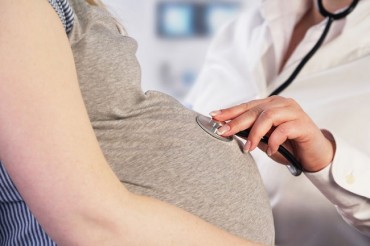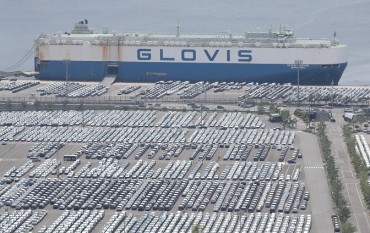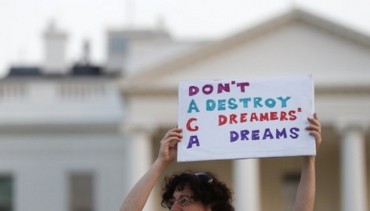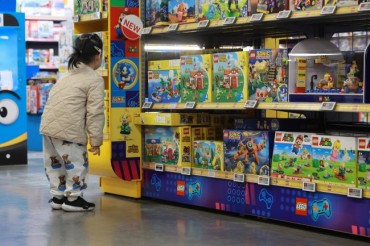SEOUL, Nov. 18 (Korea Bizwire) — South Korea’s new coronavirus cases hovered above 300 on Wednesday to reach the highest level since late August, setting alarm bells ringing over another potential wave of the pandemic.
The country added 313 more COVID-19 cases, including 245 local infections, raising the total caseload to 29,311, according to the Korea Disease Control and Prevention Agency (KDCA).
The daily figure exceeded 300 for the first time since Aug. 29, with the daily caseload hovering over 200 in the last four days.
Cluster infections from private gatherings, public facilities and hospitals continued to occur in several parts of the nation, making it harder for health authorities to pin down potential cases and curb the spread of the virus.
Health authorities said they will step up antivirus measures and inspect “high-risk” workplaces such as call centers in the Seoul metropolitan area and other regions to see whether the business operators properly carry out health guidelines.
The number of patients in severe or critical condition has also risen to over 50 in the past two days, prompting health authorities to secure more beds for seriously ill patients.
Of the 543 hospital beds for seriously ill coronavirus patients nationwide, only 21.9 percent remain vacant, Lee Chang-jun, a senior health official said, noting it is currently at a manageable level.
Health authorities have also stepped up antivirus measures at schools, private academies and study cafes in the run up to the nationwide college exam slated for Dec. 3.
Education Minister Yoo Eun-hae said the government has prepared separate test sites that can accommodate up to 120 students diagnosed with COVID-19 and 3,800 under self-isolation.
Each test site will have a cap of 24 students and partitions between desks, and separate sites will be ready for those who show virus symptoms on the day of the test.
South Korea has nearly completed negotiations with international bodies and global pharmaceutical companies for vaccine purchases and plans to announce a detailed vaccination program later this month, Kang Do-tae, a senior health ministry official, said.
“The government has set a goal of providing (COVID-19) vaccines for 30 million people next year,” Kang said in a briefing.
The country plans to purchase 10 million doses through the global vaccine supply platform, COVAX Facility, and another 20 million through separate negotiations with vaccine companies, Kang said.
To slow down the fast spread of COVID-19, health authorities raised the social distancing by one notch to Level 1.5 under a new five-tier scheme in the Seoul metropolitan area and southern city of Gwangju, effective starting Thursday.
It will take effect starting Monday in Incheon, west of Seoul, considering the less severe outbreak in the city, while some remote counties will remain under the Level 1 distancing.
The latest measure comes as the daily average number of patients in the greater Seoul area, which houses around half of the nation’s population, stood at 113.3 over the past week, surpassing the threshold for Level 1.5 for the region.
Some cities, including Cheonan and Asan in South Chungcheong Province; Wonju in Gangwon Province; and Suncheon, Gwangyang and Yeosu in South Jeolla Province, have already adopted Level 1.5 to cope with rising cases in the regions.
People are still allowed to carry on with most of their daily routines under Level 1.5, but business operators and people are required to follow toughened public health regulations.
Under Level 1.5, facilities with higher risk of virus infection, such as bars, clubs and indoor concert halls, are required to adopt stricter quarantine measures, such as keeping a distance between tables and setting up partitions.
Among the locally transmitted cases, the capital city of Seoul accounted for 91 cases, and Gyeonggi Province that surrounds Seoul reported 81. Incheon, west of Seoul, had nine more.
The average daily number of new cases in the greater Seoul area, which houses around half of the nation’s population, stood at 125.6 over the past week.
A clothing factory in northern Seoul reported 14 additional cases, bringing the total to 15 since the first case Thursday, and 17 more tested positive after going on a trip with the first patient who was confirmed to have been infected Friday.
Provinces outside of Seoul also saw a hike in new infections from various occasions and places.
South Jeolla Province reported 15 additional cases, followed by North Gyeongsang Province with 12 and the southern city of Gwangju and South Gyeongsang Province with nine each.
A university hospital in Gwangju had 10 more cases, bringing the total to 36, and a facility for disabled people in Cheorwon, Gangwon Province, reported 19 additional cases, raising the total to 30.
The country added 68 imported cases, sharply up from 28 the previous day. Twenty-three were from the United States, 18 were from Russia and 11 were from Mexico.
The number of seriously or critically ill COVID-19 patients came to 67, up from 60 on Tuesday.
The KDCA reported two additional deaths, raising the total to 496. The fatality rate was 1.69 percent.
The number of people released from quarantine after making full recoveries came to 113, raising the total to 25,973.
(Yonhap)








